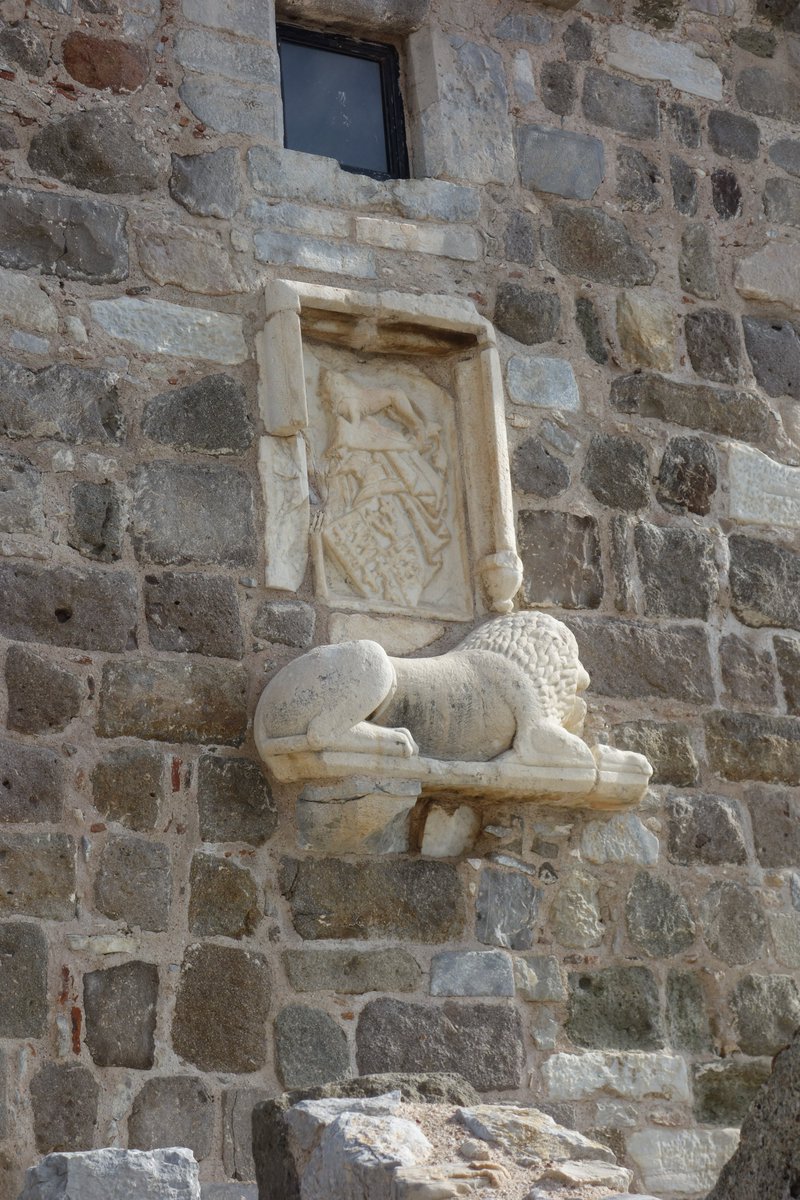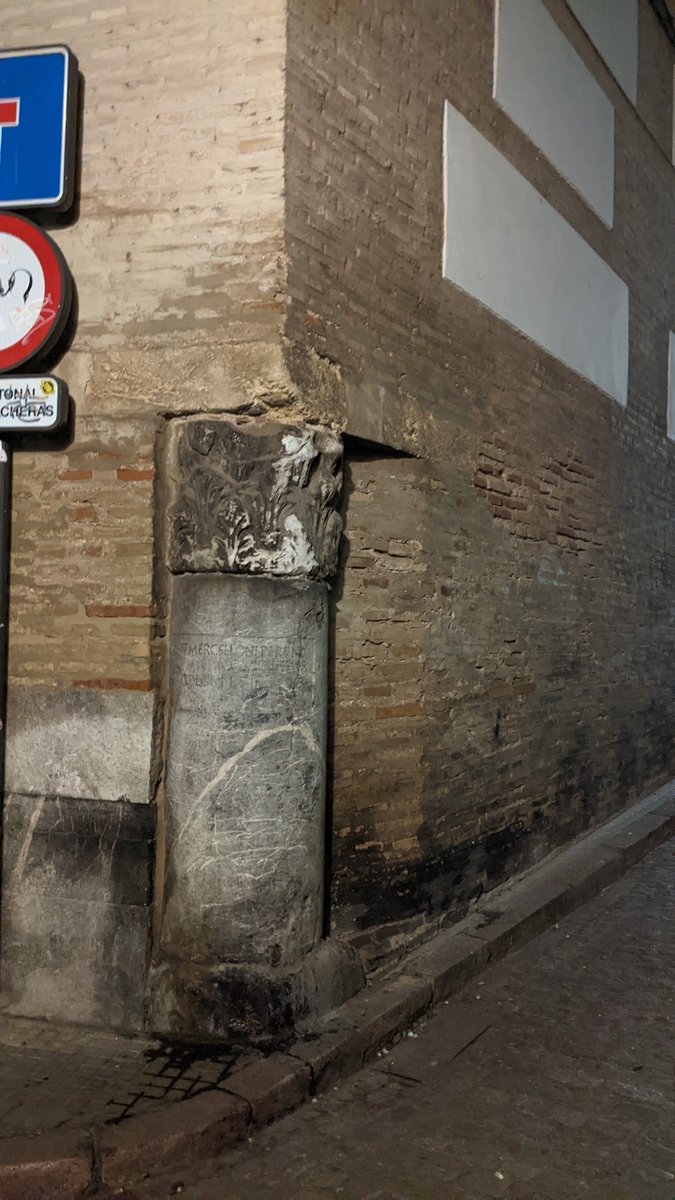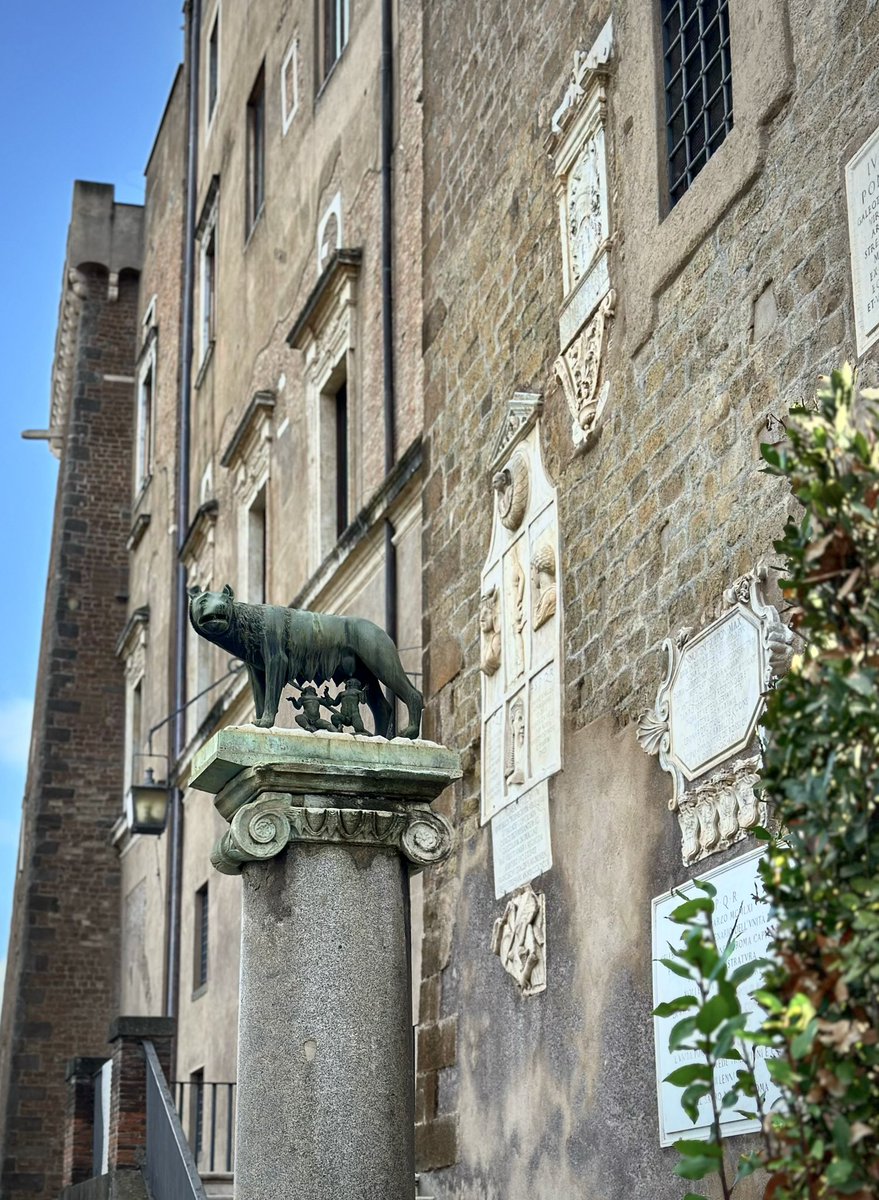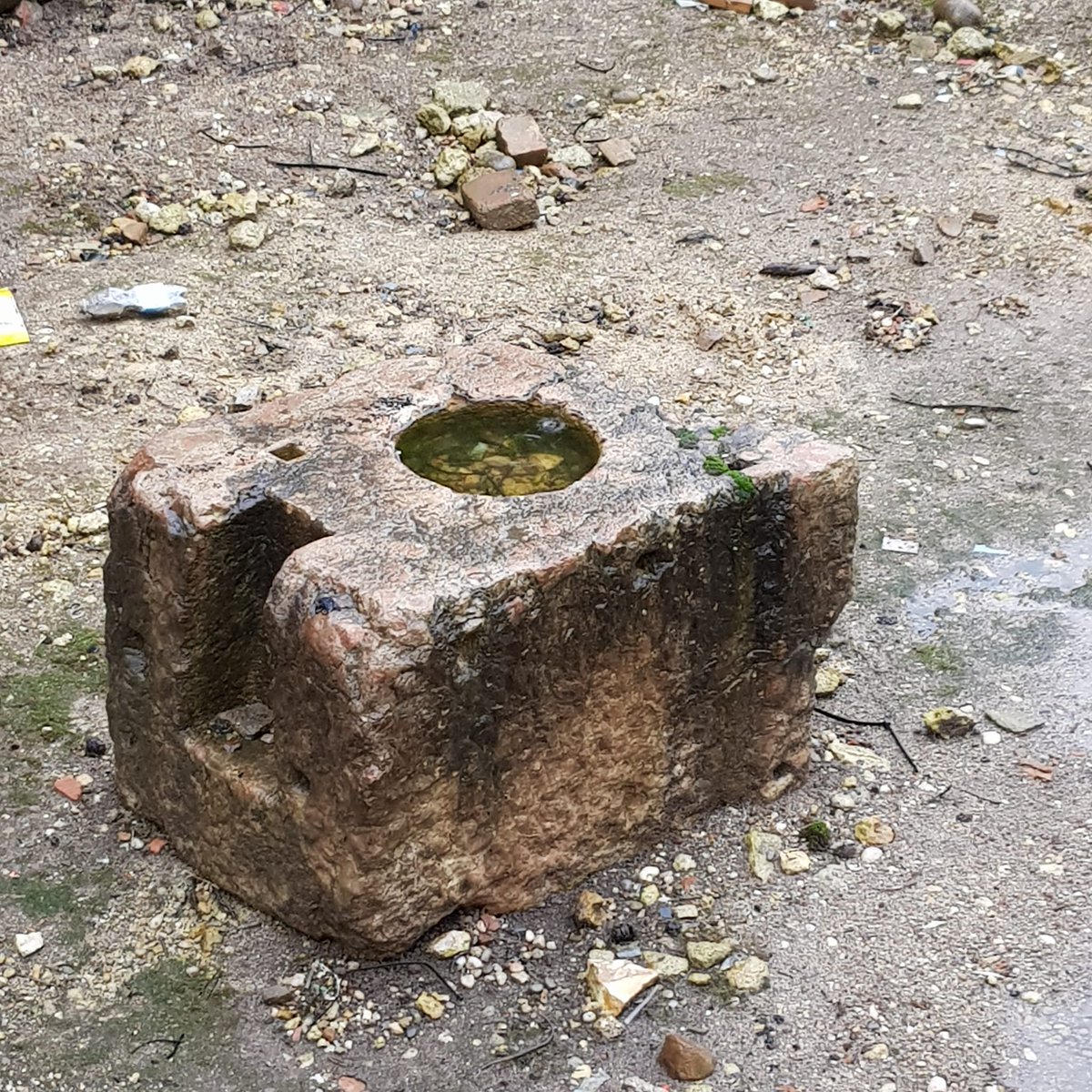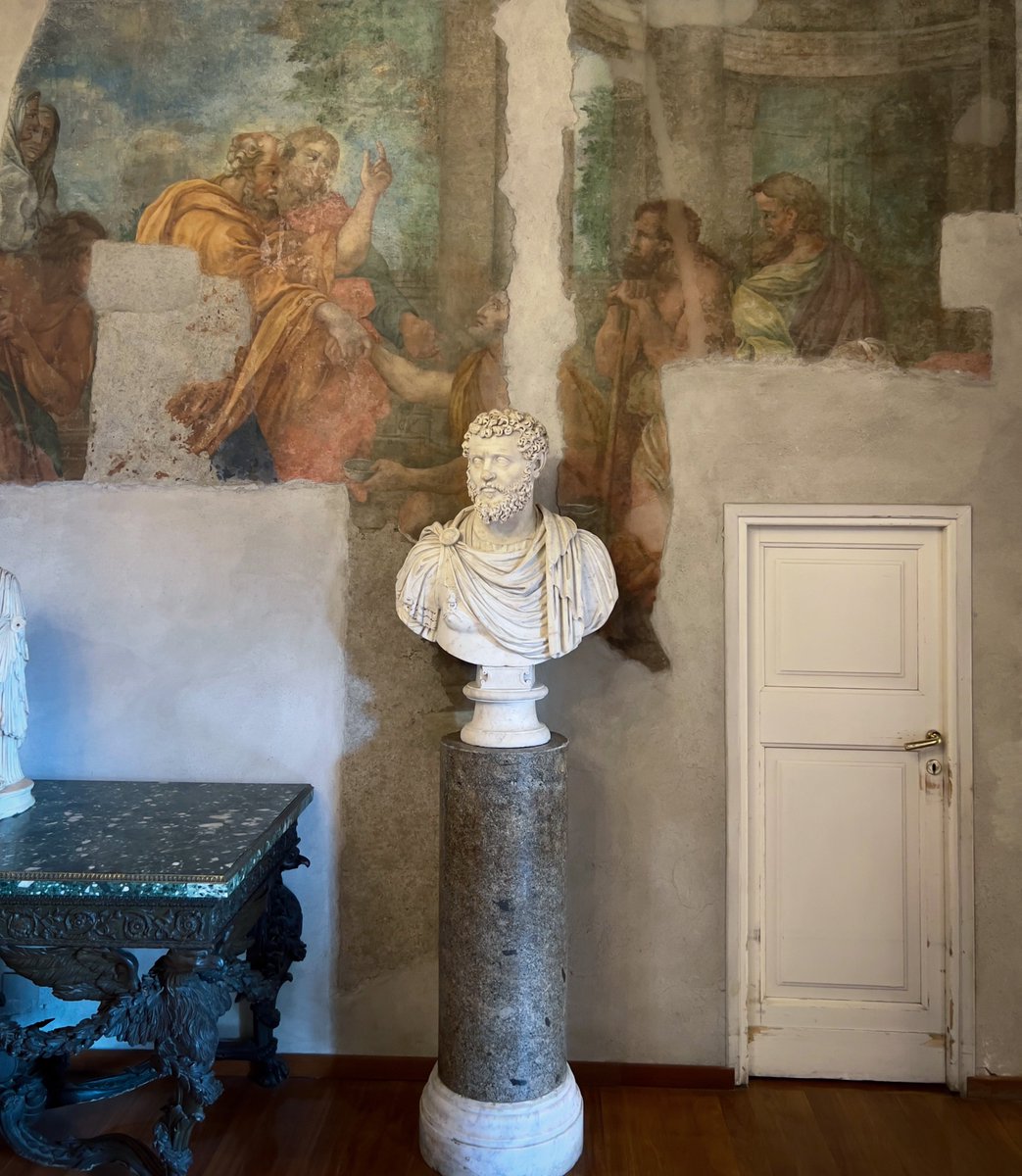

The tower of St Alban's Abbey was built in 1077 almost entirely of Roman brick from the nearby ruins of Verulamium. The sheer quantity of material in the church gives an impression of the scale of the Roman town. #SpoliaSunday #RomanBritain


The mediaeval church of St Mary's, built within the walls of #Roman Calleva Atrebatum, probably sits atop a pagan temple. Re-used tiles, flint and masonry from the town are particularly noticeable around the west and south sides. 1/2 #spoliasunday #romanbritain


Spolia. The last sample. Can you see the cunningly hidden #SixPetalledFlower ? #StMarysWirksworth #SundayStonework #StoneworkSunday #Spolia Sunday #Spolia #Christogram


More spolia. Look carefully. The queen and king of hearts, various mythical beasts, some animals from a mason who has never seen them for real and sundry architectural remnants. #StMarysWirksworth #SundayStonework #StoneworkSunday #Spolia Sunday #Spolia


St James's Church, Stedham
One of the finest collections of C17 & 18 gravestones I’ve seen, along with a sarcophagus & medieval remnants propped up on the south wall hints at what might have been before a dreary 1850 rebuild
Can you spot the crosses in the wall?
#SpoliaSunday
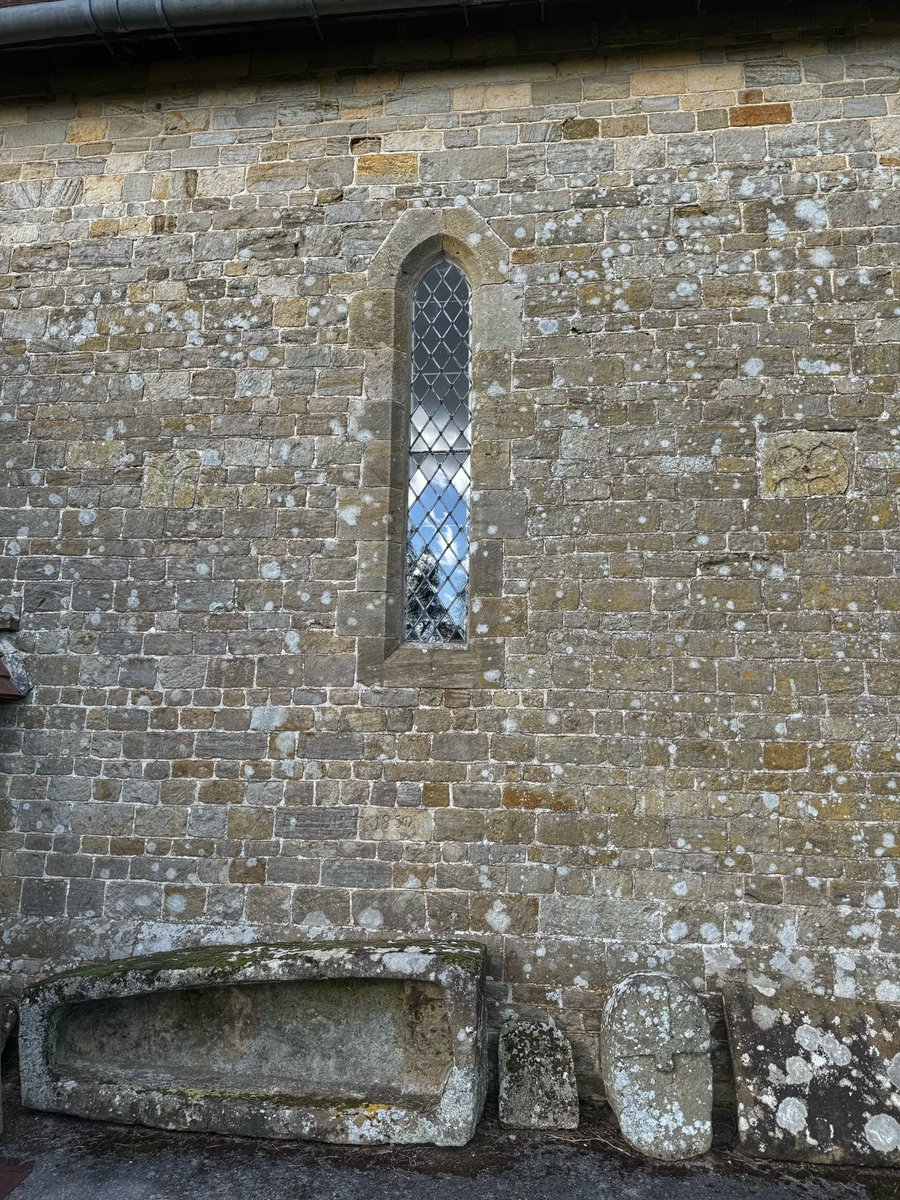


Trilussa was a Roman poet of the late 19th and early 20th centuries
His tomb at Verano is topped with an ancient sarcophagus & his memorial in the district of Trastevere, in the piazza named after him, incorporates other ancient stonework
#SpoliaSunday
#StoneworkSunday


Fragments of Romanesque chevron pattern relief decoration appear in the walls of #StMichaelWilsford . These were left through High and Late medieval rebuilds as a clue to what went before but in this case this is a Victorian rebuild
#SpoliaSunday #SundayStonework #StoneworkSunday



For #SpoliaSunday , the famous Medusa heads propping up columns in the Basilica Cistern underneath Istanbul. The 6th-century cistern supplied water to the Great Palace of Constantinople and would have been flooded - so no one would have seen the two drowned gorgons.


#SpoliaSunday
Spolia, derived from the #Latin term for 'looting,' denotes the deliberate reuse of architectural elements in subsequent constructions. While prevalent in Late #Antiquity , its antecedents trace back in time. Beyond its economic dimensions, spoliation embodies…
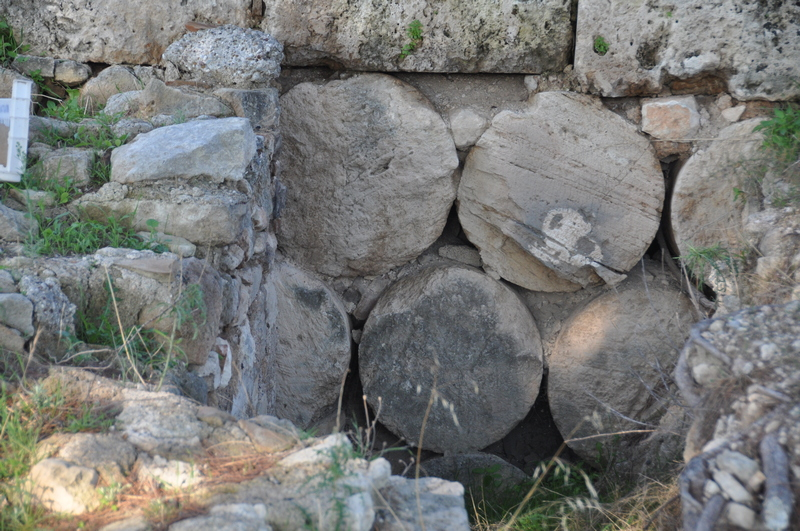

Para el #SpoliaSunday de hoy os traigo las columnas y capiteles de la pequeña y desconocida iglesia de Santa María en Monterone en Roma.
Muy cerca del Area Sacra de Largo Argentina y el Panteón.
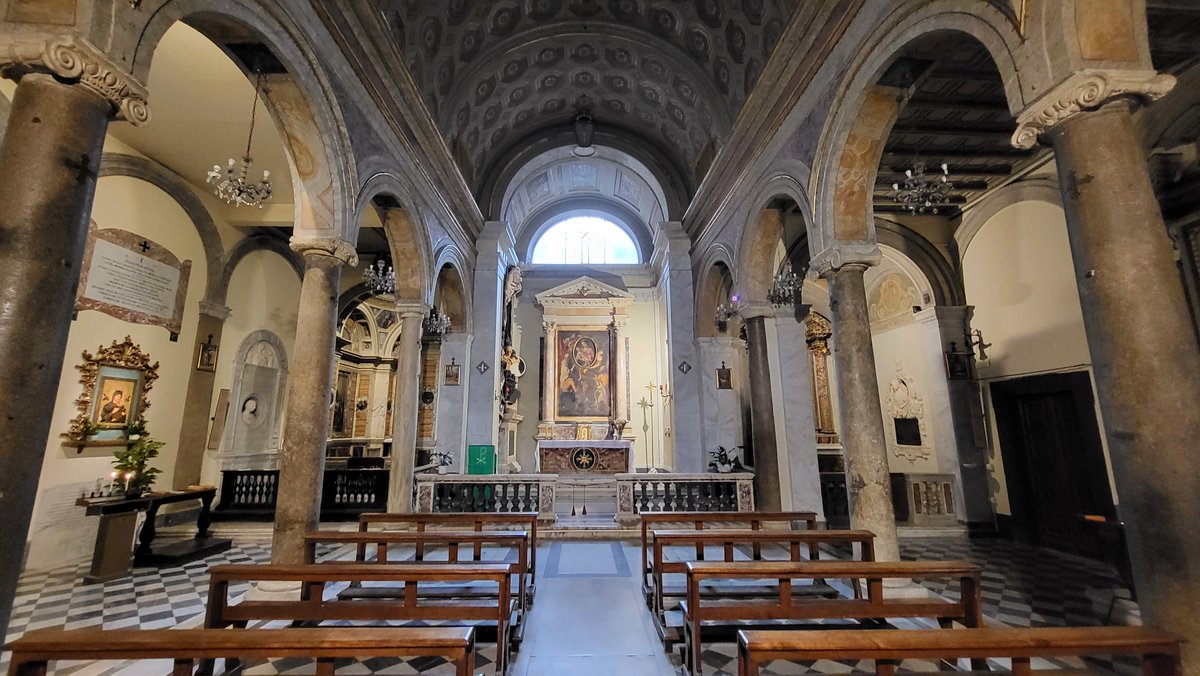
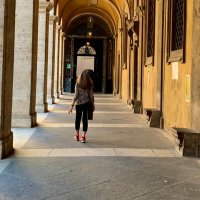

A double whammy for #SarcophagusSaturday and #SpoliaSunday : a marble coffin reused for laundry and destroyed by something as simple as #soap . The #sarcophagus probably comes from the huge #Vatican #necropolis . I think it was damaged by sodium hydroxide, but I cannot tell a lye.
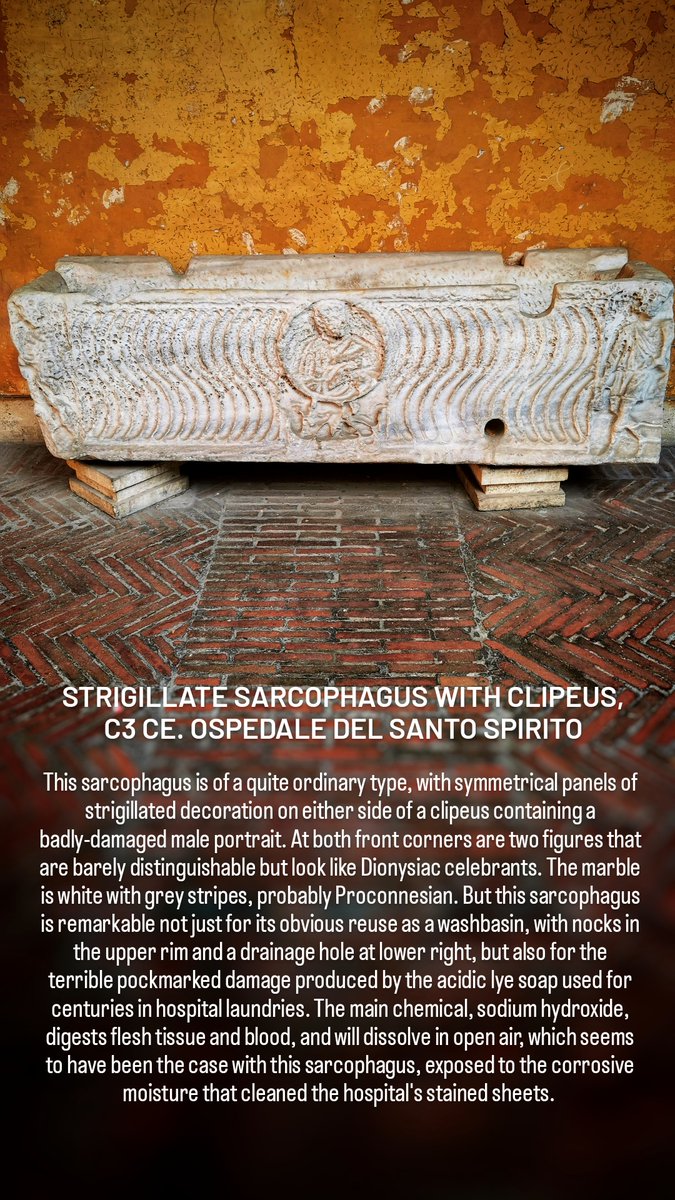


For #SpoliaSunday we're at the Museo dell'Opera del Duomo of #Pisa , where the majority of the dolphin frieze from the Basilica of #Neptune in #Rome can be found, having served as an enclosure for the #presbytery of Pisa #Cathedral for many centuries.
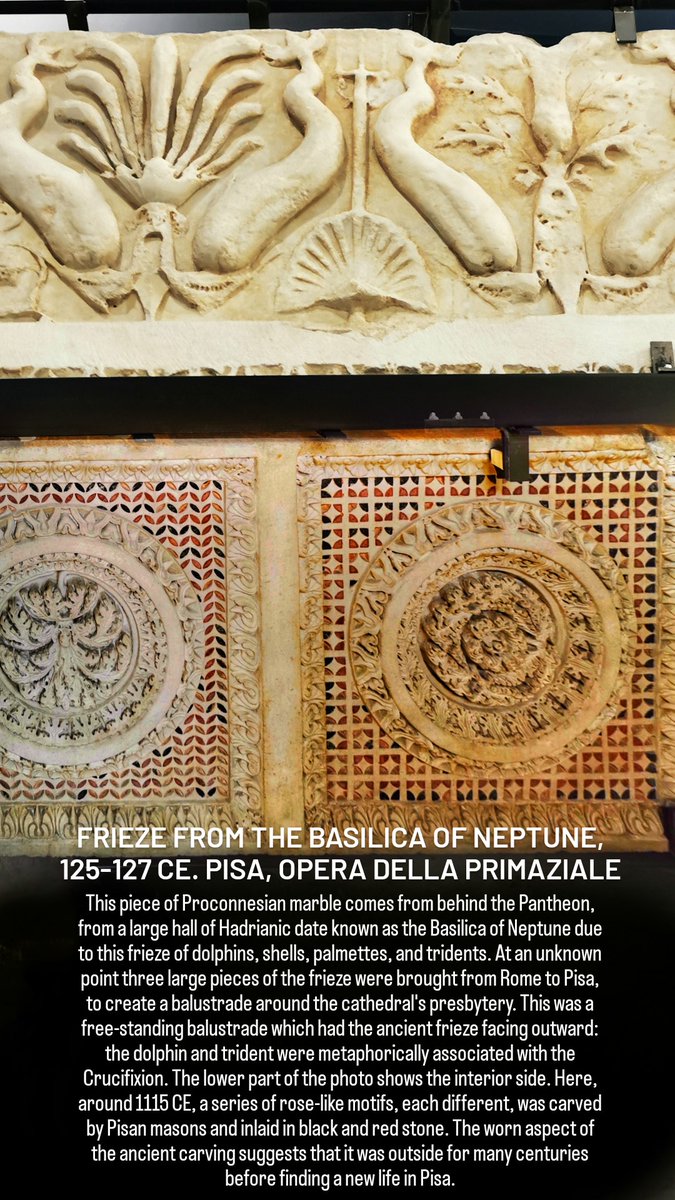

There has been a cathedral on the same site at Worms since the 7C but the current one dates from early 12C. Members of the Salian dynasty were interred here in the 10 & 11C, some in re-used Roman coffins. #SpoliaSunday
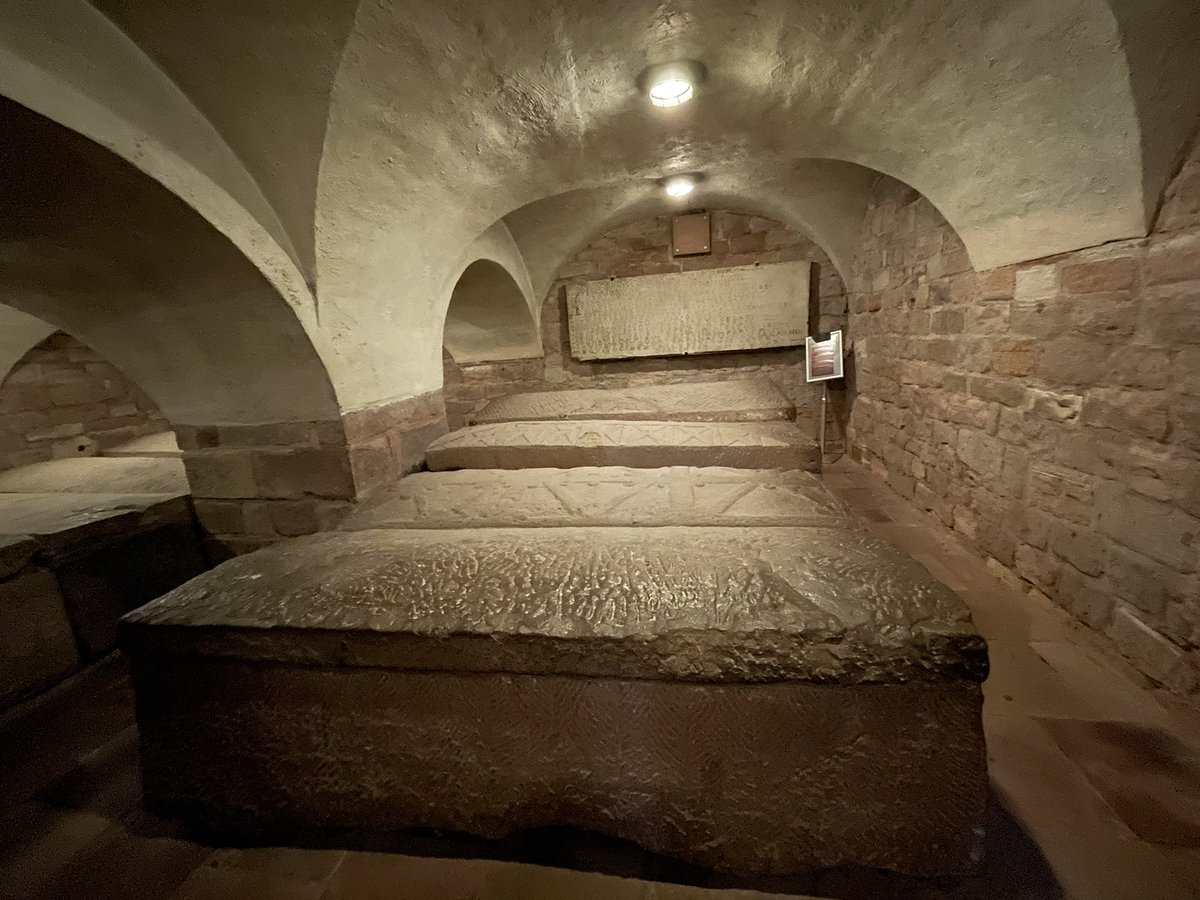
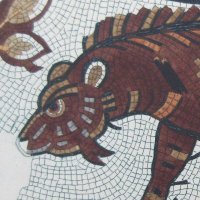
For #SpoliaSunday , a splendid ancient lion living on the English Tower in Bodrum Castle in Turkey (1399-1413 CE). The lion above the coat of arms is old but not ancient - it belongs to Henry IV.
